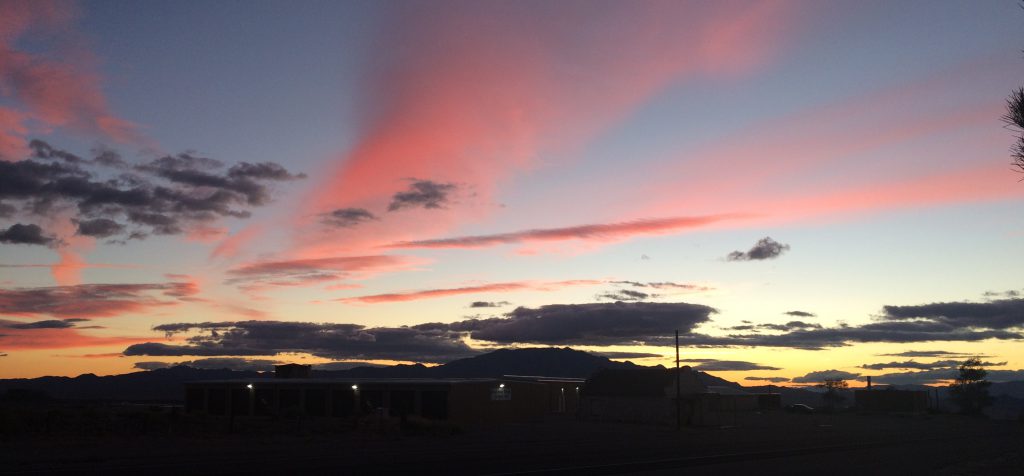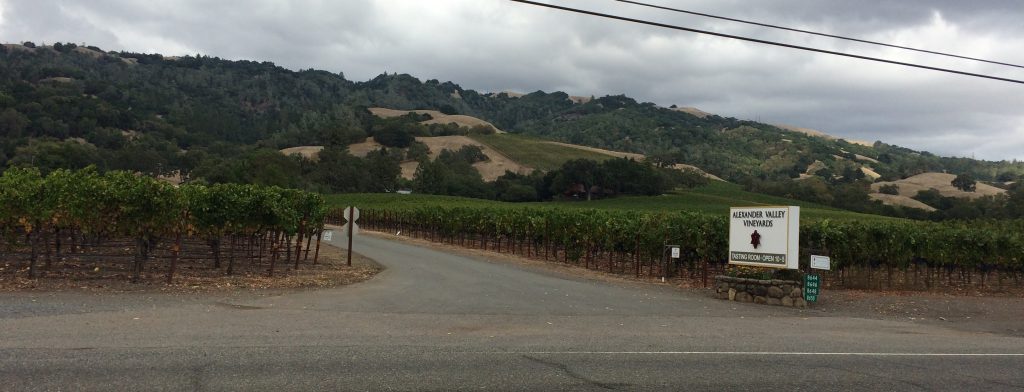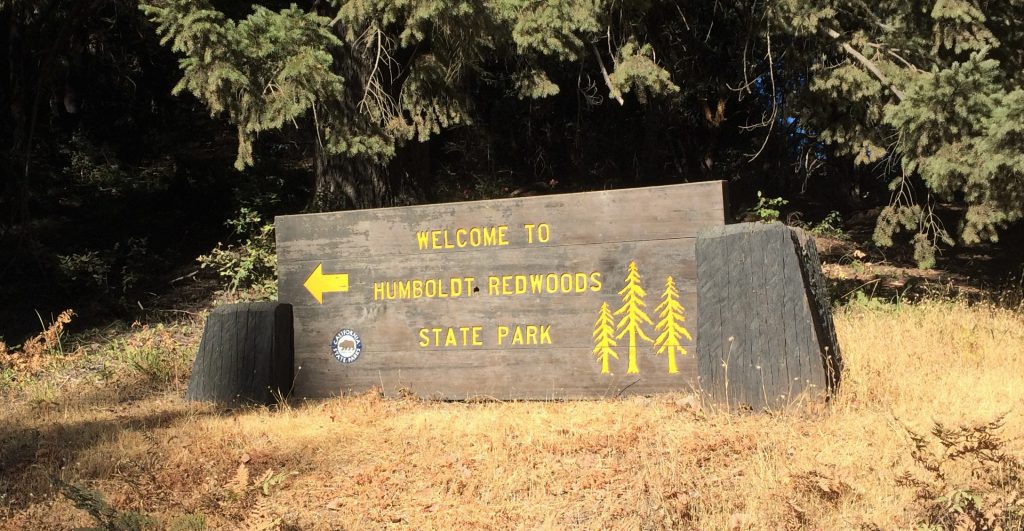Across the Desert – to Tonopah NV, then Delta UT

Man makes plans, God laughs I’ve always enjoyed the beauty of Lake Tahoe, so I figured on spending the weekend on the California side. Departing from Vacaville, I passed through the college town of Davis. I was astounded by the thick packs of bicycle riders everywhere! It turns out that Davis California has the highest […]
North Central California – Willits to Tahoe

Ridgewood Ranch In searching for a convenient overnight stop between Fortuna and Vacaville, I stumbled across an RV park located in Willits, California. It caught my attention because it was located on the same ranch where Seabiscuit is buried. The fabled race horse of the the Thirties spent his retirement here eating oats and fathering […]
Northern California – The Redwoods

Most visitors enter the redwoods from the South, coming up US 101 from San Francisco. This approach gives you a bit of a gradual introduction to the big trees; you see a few mixed in with the pines and firs in Mendocino County, then the redwoods become more frequent and the stands denser as you […]